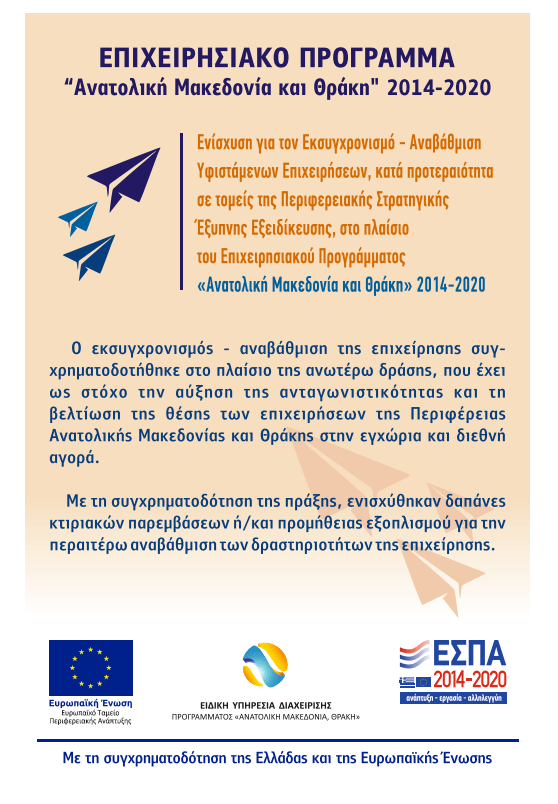The differences in the cross-linking methods lie in the means used to cross-link polyethylene [e.g. peroxides: method a, hydrosilicon: method b, radiation (electron bombing): method c]. All methods used aim at rendering the cross-linked polyethylene pipe compliant with the strength requirements specified in European standard EN 12318 and DIN 16892/16893.
Como-pex pipes are non-toxic and totally safe for water and foodstuffs. Toxicological tests carried out in numerous industrially developed countries certify the approval of using cross-linked polyethylene pipes for drinking water. Como-pex pipes have been granted certification for suitability for drinking water by the British Institute WRAS, member of NSF International (United States).
Interplast is certified to the ISO 9001 standard and implements all the procedures of the Quality Assurance System. The controls our products are subjected to begin with acceptance of raw materials, various materials and packaging materials inspection. Testing of the final products then follows, including dimension and visual checks, testing under pressure and temperature, recovery after heating, impact tests, degree of cross-linking checks, packaging controls and sampling controls in the storage phase.Meanwhile the international certification bodies SKZ, AENOR, CSA and WRAS check the quality of the pipes at regular intervals (every 6 months), by carrying out random sampling controls from the storehouses and the production lines.
There is no difference. The quality of the pipes does not lie in the country, but in the way it is produced. Interplast covers all the requirements of a state-of-the-art production plant. Thanks to the latest automated equipment which, combined with stringent quality control, guarantees the supreme quality of the final product. Testimony to this is the fact that Como-pex pipes hold the same international certifications as other equally competitive European pipes.
Pex pipes are exceptionally resilient to ageing, in conjunction with conditions of high temperature and pressure. They have been designed to endure over 50 years of continuous operation at 95oC and 10 bar pressure. The lifespan diagram confirms the exceptional performance of the pipe when used according to the specifications and recommendations of the manufacturer.
Bar type manifolds with check valves allow the isolation of circuits in the event of damage, and they also allow us to regulate the supply to the system. ON/OFF (mini) valves are cheaper, but after a short period of time they may not be operative due to the build-up of salts. Moreover, their use increases the risk of pressure surge because they are not check valves.
The bar type manifold with check valves is a prerequisite for heating installations in many EU countries. Interconnections between the manifolds are not allowed because possible damage between the manifolds is difficult to repair.
The Eurocone has been established in EU countries as a permanent supply, as it enables greater quantities of water to flow to the circuits.
The check valves enable perfect regulation of water supply, which is not possible with ON/OFF valves.
The bar-type collectors with regulating valves allow the isolation of the circuits in case of failure, they also allow us to regulate the supply to the system. On/Off switches (mini vans) have a lower cost, but after a short period of time there is a risk that they will not work due to scale build-up. Also, their use increases the possibility of hydraulic shock because they are not regulating valves.








